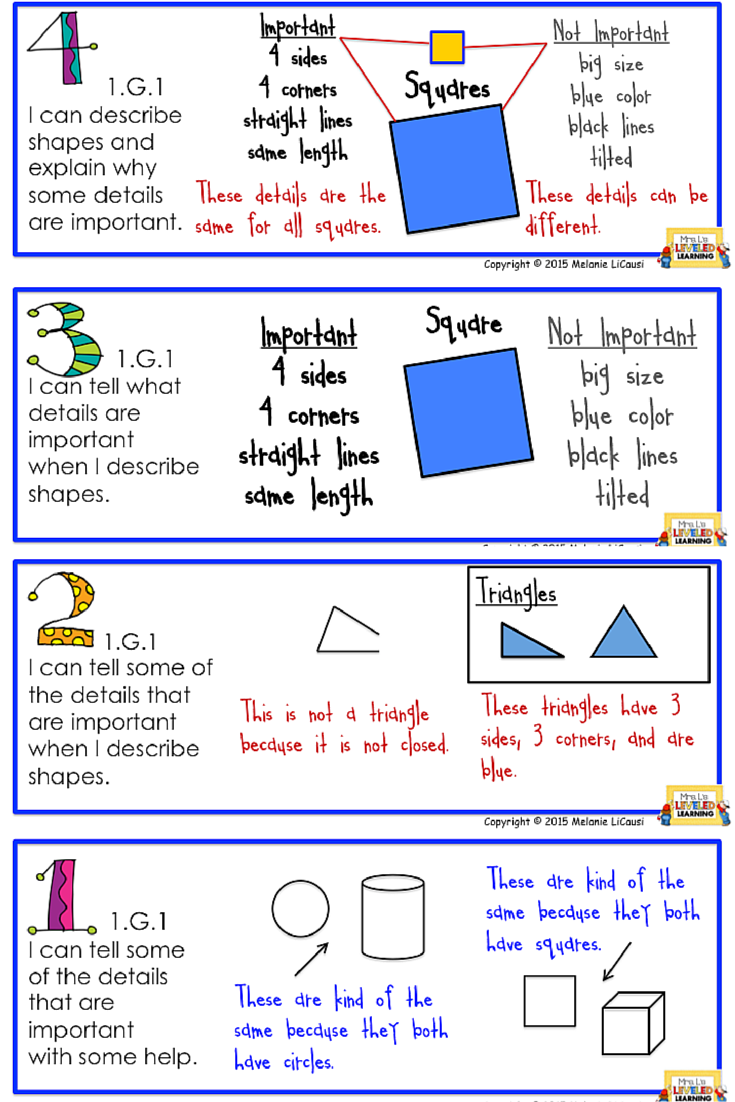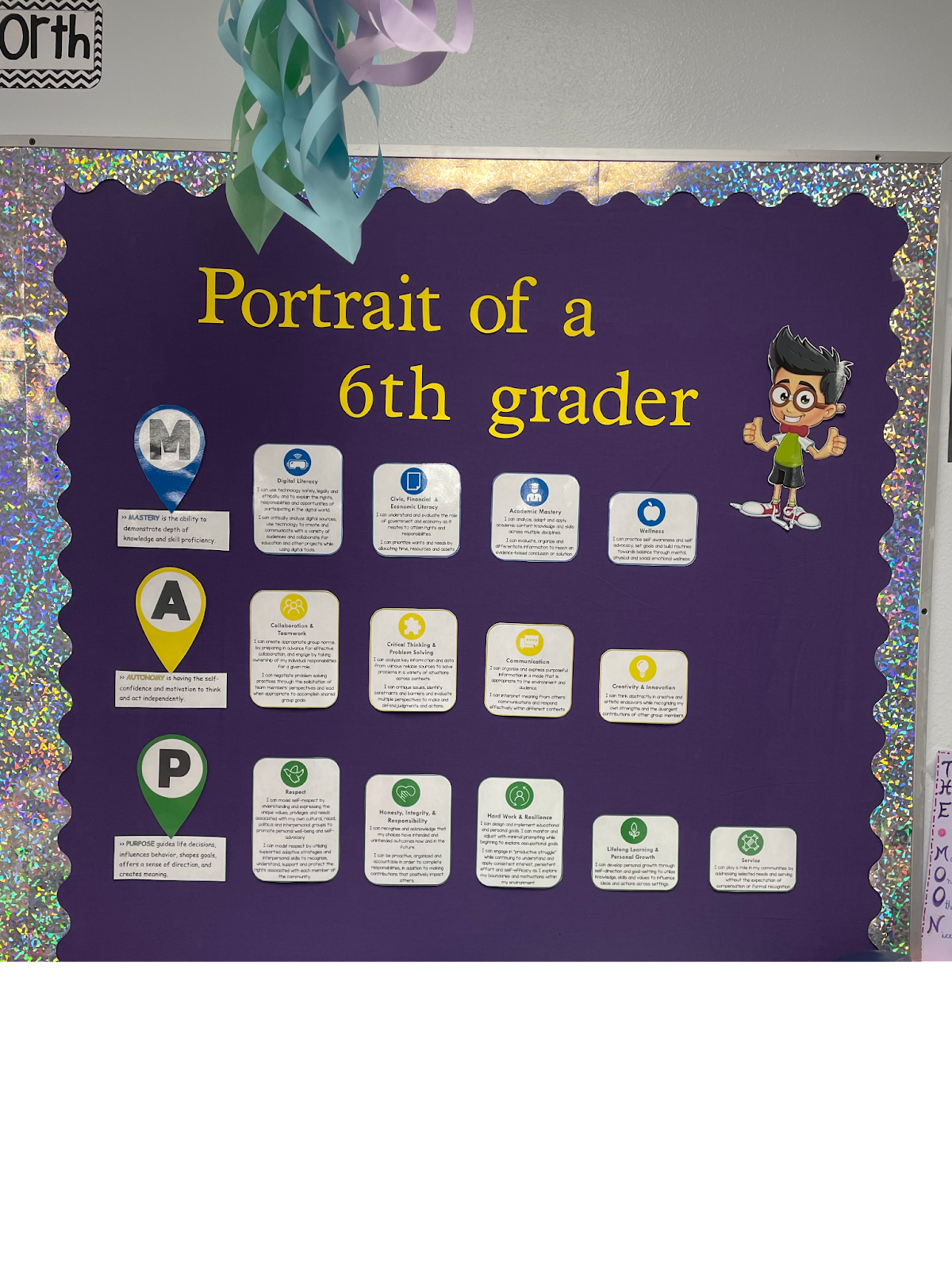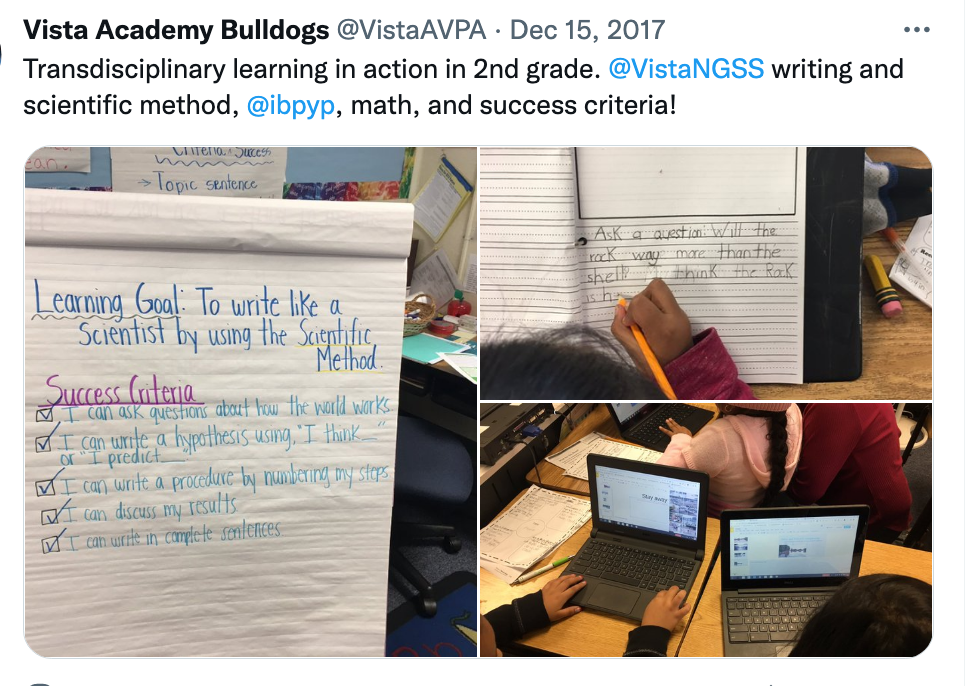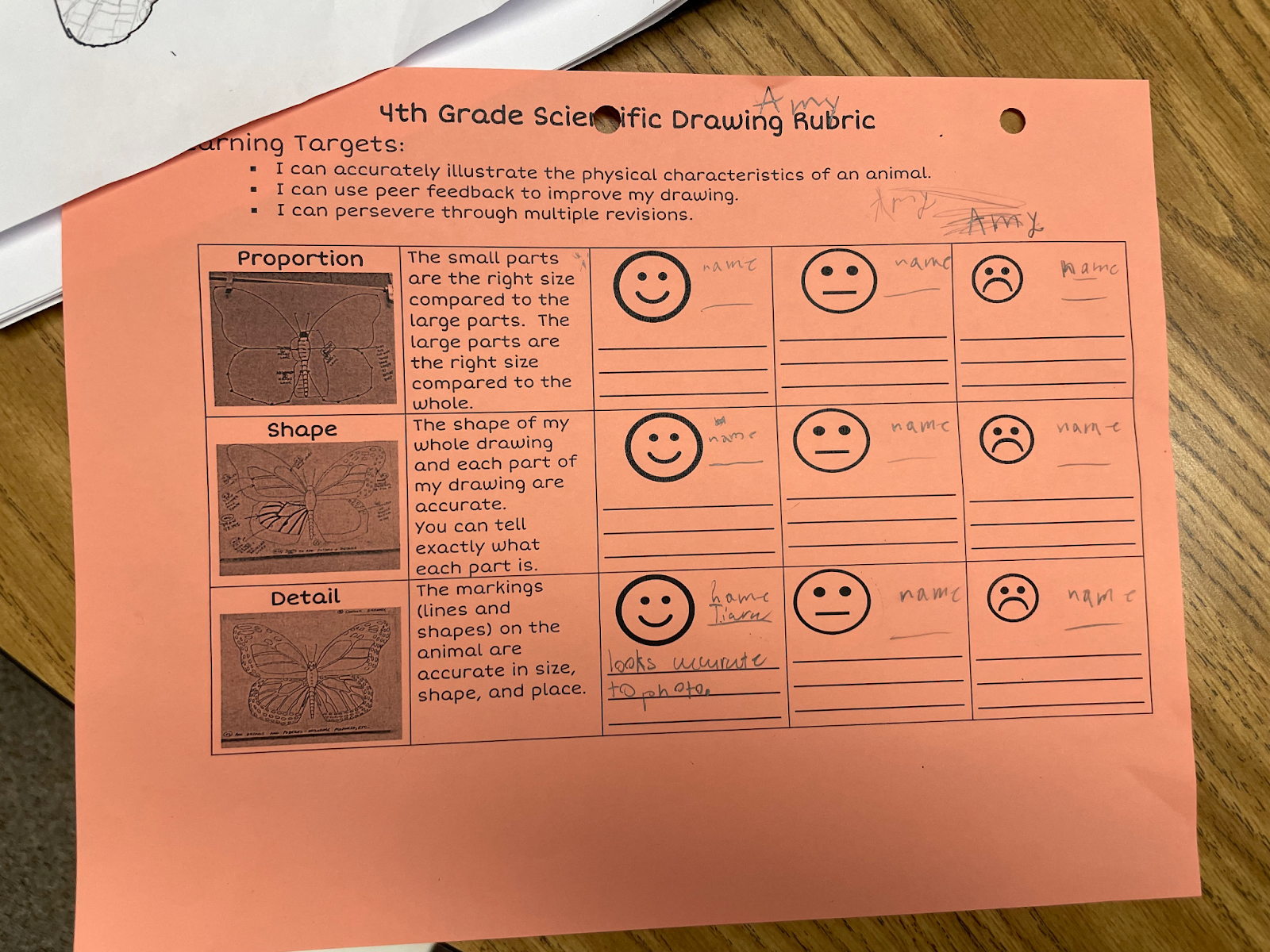Co-Create Success Criteria
Co-creating rubrics with learners ensures that you clearly share the desired learning outcomes for a learning experience and gives learners ownership over their learning. It not only creates clarity of expectations for the educator but more importantly for the learner who was part of the creation process. Through the process of creating the success criteria learners. If learners are not part of the actual creation process, bringing them into make meaning of the pre-created success criteria by looking at models or re-writing elements in their own words helps to create that ownership and make success criteria clearer for learners.
Bright Spots
Gain inspiration from authentic examples of this strategy shared by teachers who have used them with their learners.
Creating your own Bright Spots? Let’s get them out into the world! Share yours here.
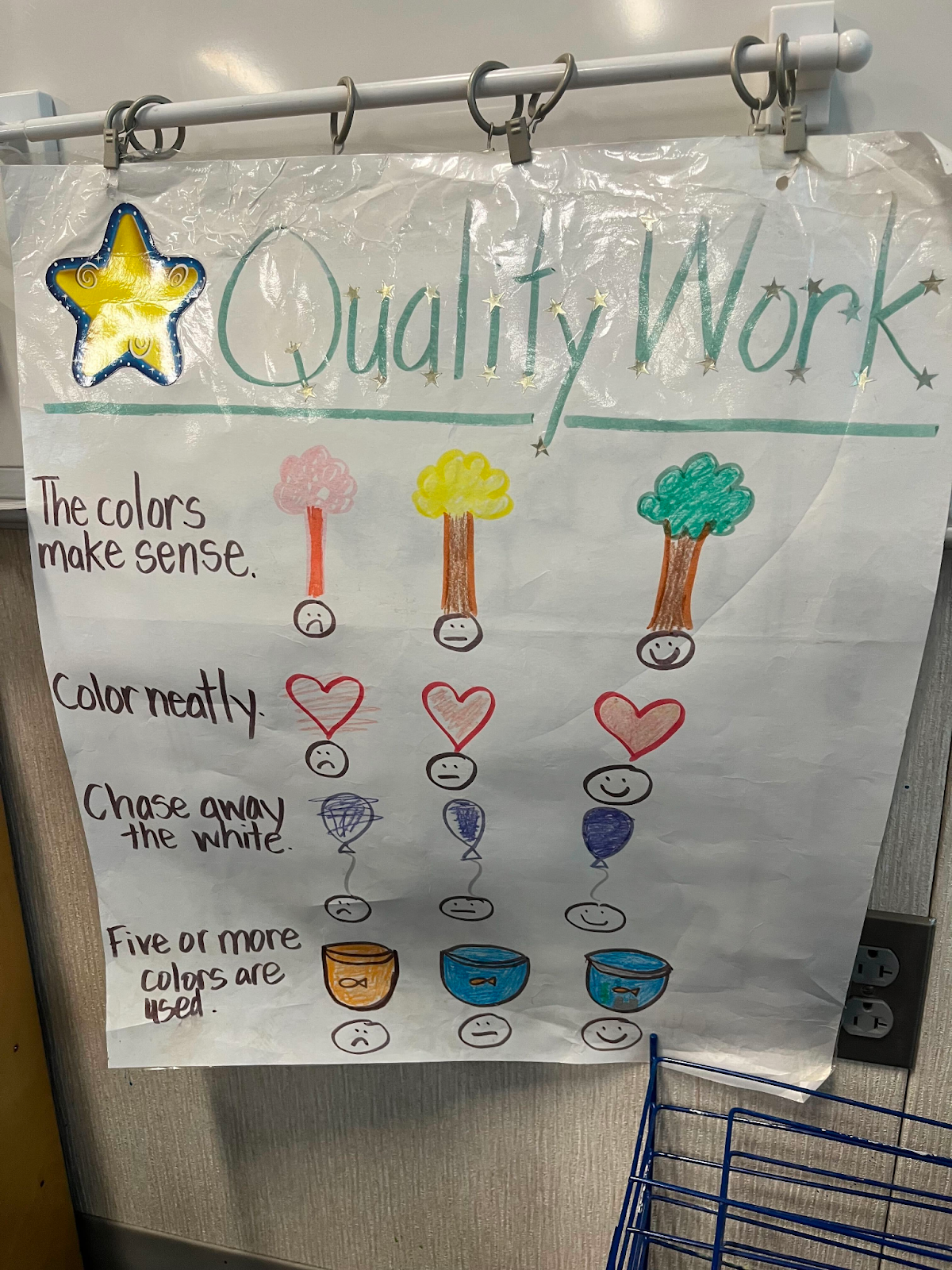
 Students in Sevier MS in Kingsport, TN use a rubric on narrative writing for middle school that defines 4 levels of proficiency across 4 different competencies. Although these rubrics were made by educators and shared with students, students did activities to provide feedback on models to make meaning of the rubric and make it their own.
Students in Sevier MS in Kingsport, TN use a rubric on narrative writing for middle school that defines 4 levels of proficiency across 4 different competencies. Although these rubrics were made by educators and shared with students, students did activities to provide feedback on models to make meaning of the rubric and make it their own.